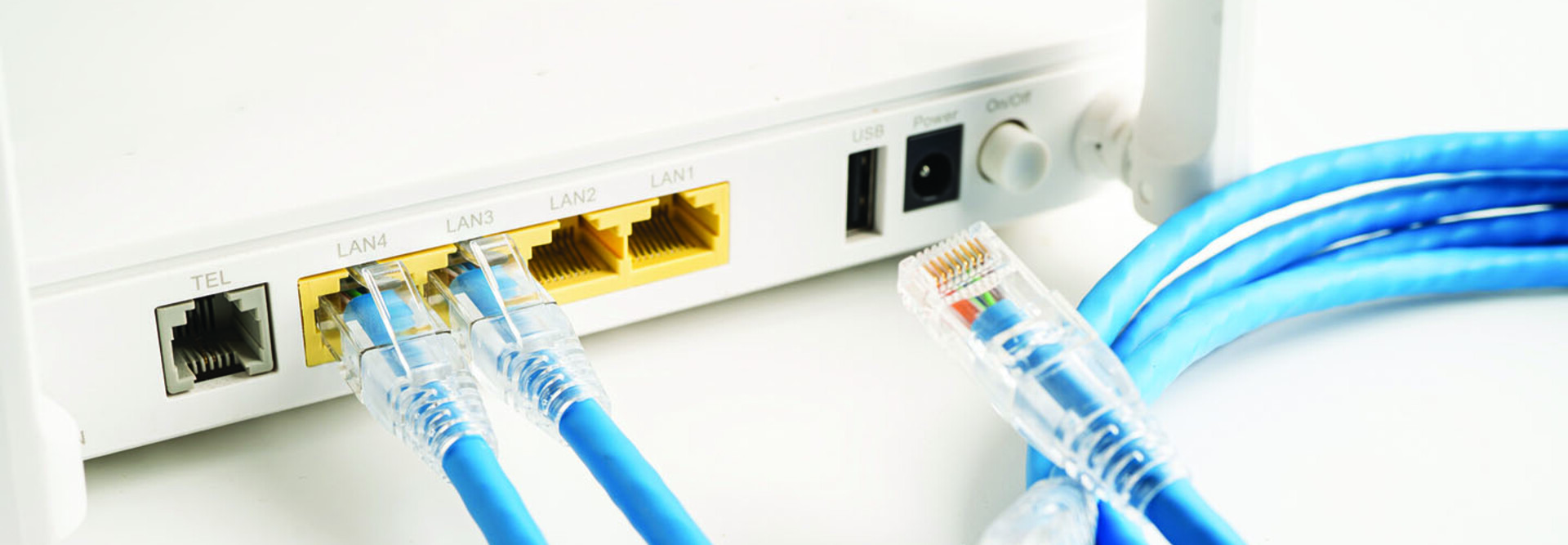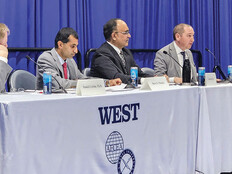What Is BGP’s Fatal Flaw?
The problem with BGP is that it was not built to meet today’s security needs. As designed, there is no way to verify that the destinations being advertised by a given router are accurate. Trust is assumed, and this inherent trust can be manipulated by attackers in different ways.
The first type of attack is a prefix hijack, where a network advertises IP addresses that it does not actually have, attempting to route traffic under a false pretense.
“This is used generally in combination with other attack vectors, such as sending user domain name server packets to a compromised server,” Belcastro says. “This is a sophisticated attack attempting to route user traffic to a compromised server impersonating a website or application.”
The second type of attack is a path hijack. With this method, a network falsely advertises routes to popular or desirable destinations to enable attackers to either degrade the user experience or collect data on the user.
“Certain countries have been known to use BGP manipulation for cyber surveillance and possible preparation for infrastructure attacks,” Belcastro says.
DISCOVER: Practice is the best way to prepare for an artificial intelligence-driven cyberattack.
The Consequences of BGP’s Verification Problem
Left unaddressed, BGP’s flaws can expose personal information, enabling theft, extortion and state-level espionage. The protocol has the potential to cause widespread disruption of the internet.
“Over time, it has become clear that we need additional mechanisms to help determine which updates are trustworthy,” says Tom Scholl, vice president and distinguished engineer at Amazon Web Services. “The emerging questions are about what mechanisms are needed to allow operators to discriminate among what routing updates they should accept.”
Operators should be asking how they trust information exchanged within BGP, how to prevent someone from purposely announcing a prefix that doesn't belong to them, and how to stop someone from announcing a set of networks via a path that would be considered undesirable or clearly a mistake.
LEARN MORE: Operationalizing cyber defense is as important as zero trust.
Resource Public Key Infrastructure Is a BGP Fix
Despite the fundamental role that BGP plays in supporting internet traffic, the issue has festered for years. This is because of the global, systemic nature of the problem and because it requires cooperation from a large number of stakeholders including ISPs, mobile network operators, cloud service providers, content distribution networks, critical infrastructure networks and enterprise networks of all types.
To that end, the ONCD roadmap prescribes widespread adoption of Resource Public Key Infrastructure as a practical solution.
“RPKI allows organizations to sign Route Origin Authorization records, which contain prefixes associated with their organization using a unique cryptographic key, much like getting a public certificate for your organization’s website, except for BGP advertisements,” Balister says. “These records can then be used by routers across the globe to perform Route Origin Verification against their external BGP peers (eBGP), to ensure only your organization’s advertised prefix is valid.”
“ROV provides individual networks with the ability to ingest ROAs and incorporate them into the BGP decision-making process that their routers perform,” Scholl says. “If a router observed an internet prefix where the originated autonomous system number did not match what the applicable ROA authorized, it would determine that the prefix is invalid and not install it into its routing table. This would result in the network rejecting the incorrect (hijacked or otherwise) routing announcement.”
In addition to directing the Office of Management and Budget to guide agencies in adopting RPKI and implementing ROAs, ONCD suggests that federal government contract service providers and that critical infrastructure development grant recipients be required to adopt similar routing security measures.
MORE FROM FEDTECH: Ensure that plug-and-play switches are configured properly.
Best Practices for Adopting RPKI
While ONCD guidance on adopting RPKI to address BGP flaws is new, security engineers have been chipping away at this problem for some time. The National Institute of Standards and Technology’s RPKI Monitor indicated in April that more than 50 percent of the internet was covered by ROAs.
Agencies new to RPKI have a wealth of previous experience to learn from as they adopt this new security technology.
“Networks should select a good RPKI validator, such as the open source tools rpki-client or routinator, and build the appropriate routing policies to enforce the correct controls in their network,” Scholl says.
“From a technical standpoint, older devices may not be capable of [route origin validation] functionality,” Belcastro says. “There are also additional overheads on router performance, as it’s now tasked with additional processing. Operationally, staff need to be trained and procedures updated.”
“There may also be connectivity risks associated with deployment of RPKI, since not every prefix on the internet has an ROA yet,” Balister says. “To help lower the chance of connectivity issues, see if the organization’s routers support enabling ROV without blocking the prefixes. This allows a BGP operator to see how the RPKI changes will impact the environment before deployment.”
UP NEXT: Agencies can prepare their networks for IPv6.












